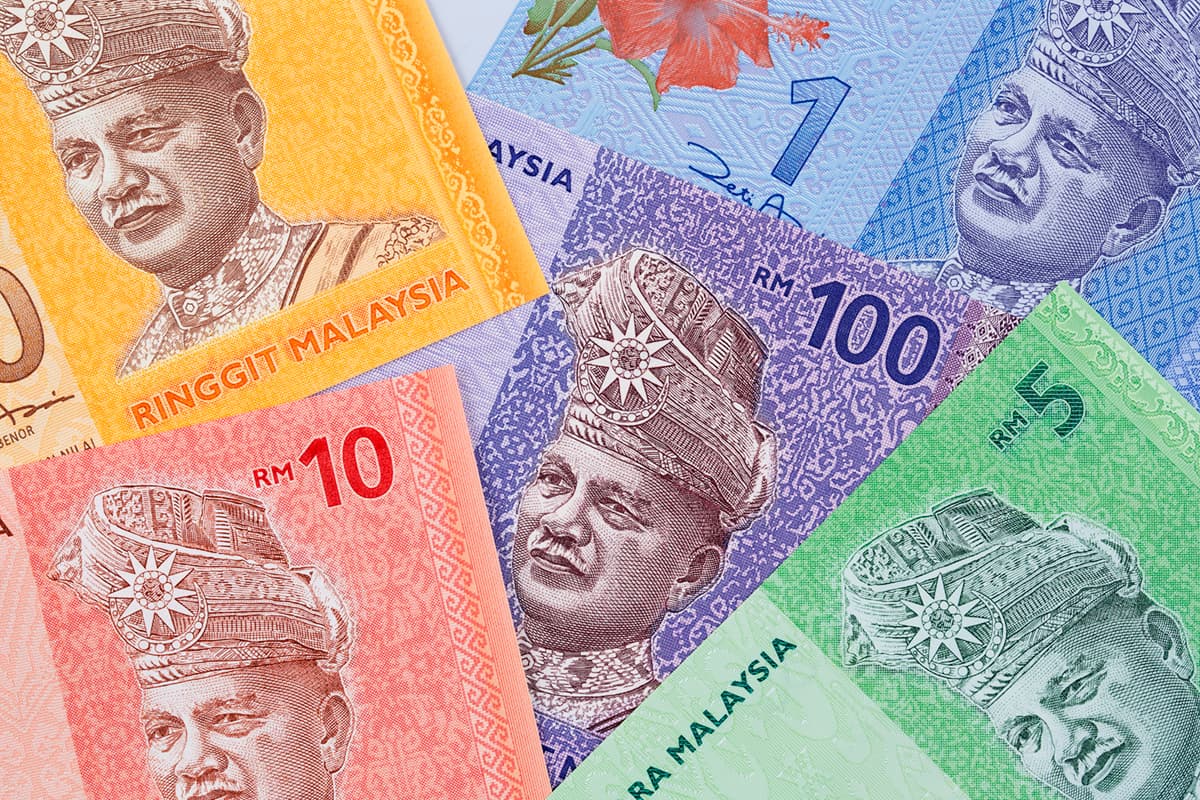
KUALA LUMPUR (July 7): The ringgit is expected to trade in a range of RM4 to RM4.2 in the next six to 12 months, according to Standard Chartered Malaysia head of managed investments and products management Danny Chang.
Speaking at an online media conference today on Standard Chartered Global Market Outlook second half 2021, Chang said the supportive factors to lift the ringgit against the US dollar are firmer commodity oil price and the higher yield for government bonds.
“The first thing clearly is the interest rate differentials between Malaysia interest rates and the US, which is in Malaysia's favour. For instance, the (Malaysia) 10-year government bond yield is about 3.25% while the 10-year US Treasury is 1.25%, so clearly that differential is in favour of the ringgit and supporting the ringgit.
“Another supporting factor is firmer commodity prices, where both palm oil as well as crude oil lend further support to the ringgit,” Chang said.
Chang, however, also cautioned that the pandemic-induced lockdown looms over the Malaysian economy and would drag the ringgit's momentum.
“One thing that is pulling the ringgit, at least in the short term counterbalancing, would be the lockdown measures that are weakening the country’s economy. We are beginning to see some gross domestic product (GDP) growth for the full-year being revised lower. So that's the tussle we think will cause the ringgit to probably trade range bound between RM4 to RM4.2,” he explained.
As at the time of writing, the local note was trading at RM4.16 against the greenback. Year-to-date, the ringgit has weakened 3.5% from when it was trading at RM4.02 on Dec 31, 2020.
'Too early to position on recovery theme in locked-down Malaysia'
As for the equity market, Chang prefers other Asian markets to the KLCI, on expectations that local economic recovery may only take hold in October, based on the country's target of achieving herd immunity by then.
“If you look at the composition of the FBM KLCI, about a third of the composite index comes from the financial sector, that sector will benefit once we get out of the lockdown…. When we move out of the lockdown and the vaccination programme reaches closer to herd immunity, then perhaps these banks that are listed locally will start to benefit. But until then, probably (it's) more constructive (to be in) the Northeast Asian equity markets.
“We feel there are certainly greater opportunities in other parts of Asia at this point in time, given their sectoral tilt right towards a little bit more medical, more technology, and more structural long-term theme, compared to the KLCI,” Chang added.
With uncertainty posed by the pandemic-induced lockdown, Chang also said it is still early for investors to position themselves on the recovery theme in Malaysia's equity market.
At noon break, the KLCI was trading at 1,526.51 — its lowest since November last year — after sliding 0.33% or 5.12 points. Year-to-date, the benchmark index has fallen 6.2% from 1,627.21 on Dec 31, 2020.